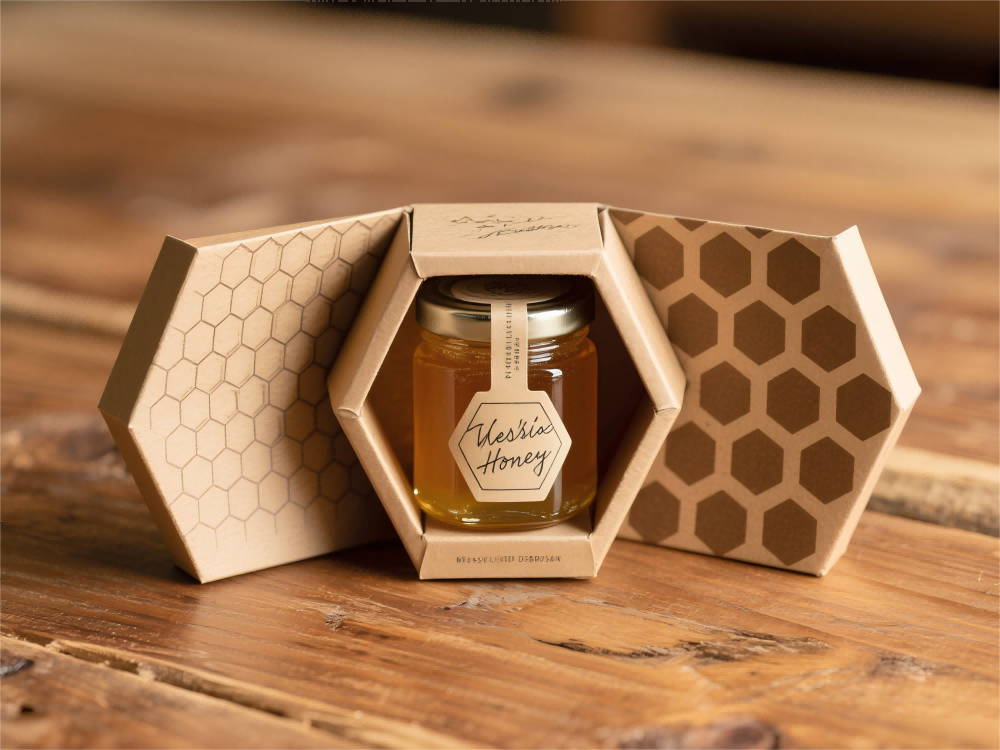For fragile items likeglass bottles, protective design is the first line of defense. The manufacturer will customize the exclusive inner lining structure according to the shape, size and weight of the bottle. For instance, for irregular-shaped perfume bottles, high-density foam is used to carve out precise grooves to ensure a perfect fit between the bottle body and the packaging. For bulk transportation of beverage bottles, separate cardboard racks are used to fix each bottle independently, reducing collision and friction. The selection of cushioning materials is also quite meticulous. Food-grade foam is mostly used in food glass bottles, while eco-friendly cardboard is commonly found in cosmetic packaging, which not only meets the protective requirements but also fits the product characteristics.
Sealing design is of Paramount importance for liquid glass bottles. High-end alcohol packaging often adopts a dual sealing solution of "heat shrink film + silicone stopper". The heat shrink film closely adheres to the bottle mouth to form the first barrier, while the silicone stopper enhances the internal sealing performance, effectively preventing leakage and evaporation. Some manufacturers will also add anti-counterfeiting sealing strips to the bottle caps, which not only ensures the integrity of the products but also enhances the brand's credibility.
Convenience design is reflected in the details. The packaging of large-capacity olive oil bottles will be equipped with reinforced handles. The connection between the handle and the box body adopts a triangular mechanical structure to ensure stable load-bearing. The seasoning bottle set adopts detachable trays. After consumers take out the bottles, the trays can be reused as storage racks. In addition, designs such as easy-tear lines, magnetic seals, and foldable box LIDS make it easier to open the packaging, truly achieving the dual values of "protecting the product" and "facilitating users".

